Affiliate links on Android Authority may earn us a commission. Learn more.
Who’s who in the smartphone camera business
Published onJuly 10, 2015
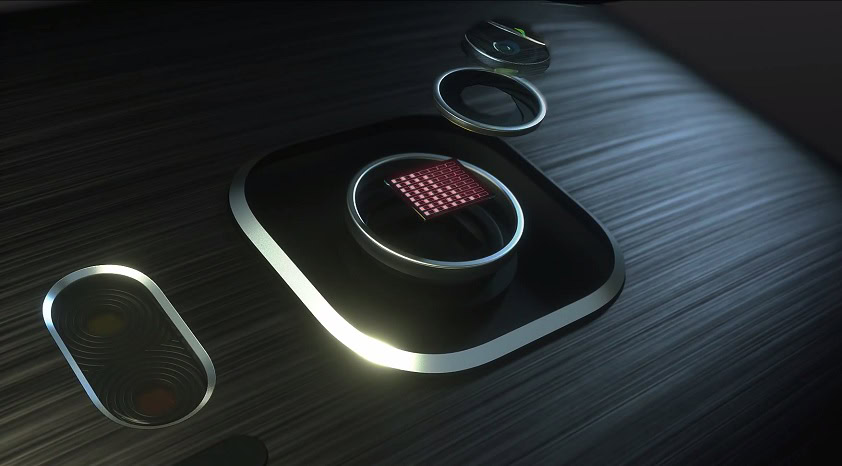
Camera technology has always been an important feature in smartphones but this generation of flagships have been putting particular emphasis on the quality of their camera modules. So it seems worthwhile to dive on into the world of camera sensors and take a look at who is building the best and most popular products.
Sony
We’ll start with one of the biggest and that is Sony. The company has a long legacy in the image sensor market and has been at the forefront of mobile camera technology for a number of years. The company accounted for roughly 40 percent of all smartphone image sensors in 2014.
Sony’s image sensors have found their way into numerous smartphones and tablets, even if the company doesn’t provide the whole module. If you’re curious, the difference is that image sensors are responsible for converting the light into digital information, which determines the number of megapixels, pixel size and density, recording frame rates, etc. The broader camera module determines focus, aperture and other attributes.
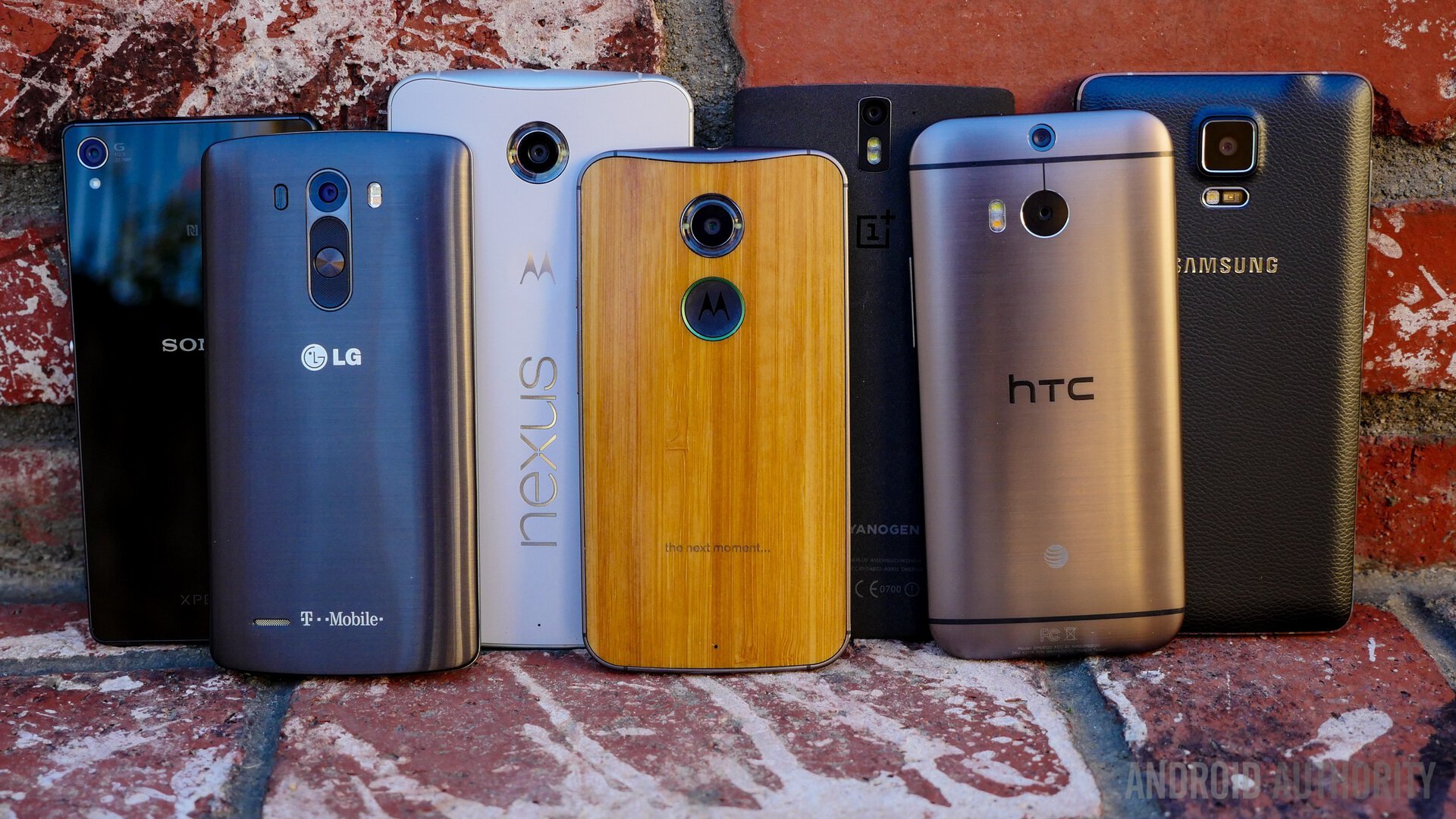
Sony’s high-end image sensors fall under the Exmor RS brand name. Its latest model is the Back Side Illuminated (BSI) 21 megapixel IMX230, which has started to find its way into the latest smartphones. It’s IMX240 powers the Galaxy Note 4 and some S6 models, while the IMX234 forms the basis of the LG G4’s camera.
The company isn’t just catering to the very high-end market, Sony’s 8MP and 13MP mid-range sensors have been in high demand from Chinese smartphone manufacturers looking to decent cameras at a reasonable cost. The 13 megapixel IMX214 has proven particularly popular with manufacturers like HUAWEI and OPPO over the past twelve months.
| Sensor | Resolution | Sensor Size | Pixel Size | Handsets examples |
|---|---|---|---|---|
| Sensor IMX 135 | Resolution 13 MP (4224 x 3176) | Sensor Size 1/3.06" | Pixel Size 1.12 um | Handsets examples LG G3, Note 3, Moto X |
| Sensor IMX 214 | Resolution 13 MP (4224 x 3176) | Sensor Size 1/3.06" | Pixel Size 1.12 um | Handsets examples Find 7, HONOR 6, OnePlus One |
| Sensor IMX 220 | Resolution 20.7 MP (5344 х 4016) | Sensor Size 1/2.3" | Pixel Size 1.2 um | Handsets examples Xperia Z2, Xperia Z3, Meizu MX4 |
| Sensor IMX 234 | Resolution 16 MP (5312 x 2988) | Sensor Size 1/2.6" | Pixel Size 1.12 um | Handsets examples LG G4, ZTE nubia Z9 |
| Sensor IMX 240 | Resolution 16 MP (5312 x 2988) | Sensor Size 1/2.6" | Pixel Size 1.2 um | Handsets examples Galaxy S6, Note 4 |
As well as basic sensor hardware, Sony has also developed Phase Detection Auto Focus (PDAF) technology, in-sensor HDR, and high speed shooting modes for its sensors, which is helping to keep the company at the forefront of the market.
So important is its image sensor business that Sony is willing to invest billions into additional production capacity by issuing new shares for the first time since 1989, just in order to keep up with demand.
OmniVision
OmniVision is another big name in the smartphone image sensor business, but you’re more likely to find its products in the low and mid-tier markets, rather than high-end smartphones.
The company’s typical sensor selling price is just $1.79, compared with upwards of $7 from Sony. As a result, OmniVision is expected to capitalize on the new demand for lower cost CMOS sensors from the growing Chinese and Indian smartphone markets.
| Sensor | Resolution | Sensor Size | Pixel Size | Full Video Capture |
|---|---|---|---|---|
| Sensor OV5640 | Resolution 5 MP | Sensor Size 1/4" | Pixel Size 1.4 um | Full Video Capture 15 fps |
| Sensor OV8825 | Resolution 8 MP | Sensor Size 1/3.2" | Pixel Size 1.4 um | Full Video Capture 24 fps |
| Sensor OV13860 | Resolution 13 MP | Sensor Size 1/2.6" | Pixel Size 1.3 um | Full Video Capture 30 fps |
| Sensor OV16825 | Resolution 16 MP | Sensor Size 1/2.3" | Pixel Size 1.34 um | Full Video Capture 30 fps |
| Sensor OV23850 | Resolution 23.8 MP | Sensor Size 1/2.3" | Pixel Size 1.12 um | Full Video Capture 24 fps |
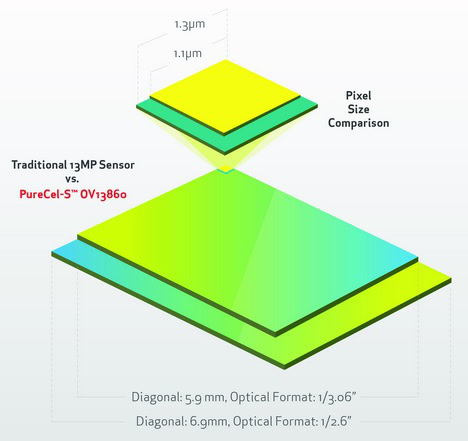
Not too long ago OmniVision announced its 23.8 megapixel OV23850 image sensor for smartphones, which comes with PDAF, video binning, and 4K video recording.
In a separate bid to cater to the high end market, OmniVision has been pushing its 13MP PureCel design. This is a slightly larger image sensor with bigger 1.3um pixels to capture more light for better looking images. You’ll probably recognise this idea from HTC’s Ultrapixel idea, which OmniVision was involved with.
Toshiba
Toshiba is another large company with a strong legacy in the mobile camera business. The company’s sensor may not be appearing many high-end smartphones these days, but it was behind the impressive 41 megapixel sensor that powered the Nokia 808 PureView’s camera.
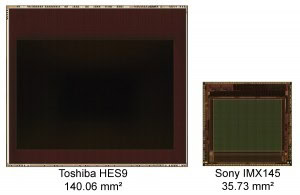
The company has most recently been working on further reducing the size and power consumption of its smartphone image sensors. The company also launched a 240fps slow motion capable T4K82 sensor back in March of this year.
Typically, Toshiba produces 13 and 8 megapixel sensors for smartphones and also has a 20 megapixel sensor for the high-end market. The Toshiba’s BSI T4KA7 is apparently powering the HTCOne M9’s rear camera. Like Sony, Toshiba has integrated PDAF into its sensors and has its own 3D depth mapping technology and bright mode technology for improving the visibility of slow motion videos.
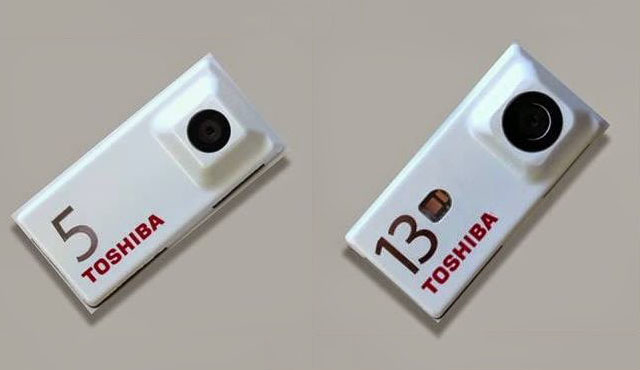
At last check in, Toshiba was looking to focus on providing sensors to Chinese smartphone manufacturers and had turned to automotive and medical markets for further growth. Although it did show off some neat modular prototypes for Project Ara as well.
SK Hynix
SK Hynix, a South Korean semiconductor supplier, is also a key player in the low cost smartphone camera market. Much like its competitors, the company produces a range of sensors and its 8 and 13 megapixel option are moving popular in mainstream handsets and it is focusing its operations in the growing Chinese market. SK Hynix had also previously provided low end cameras for Samsung’s budget smartphones.
Last year the company announced that it had a high-end 21 megapixel sensor in development. SK Hynix isn’t really doing much that hasn’t already been done by the competition, instead it appeals to manufacturers based on its low price point.
Samsung
Samsung has tried its hand at producing many key smartphone technologies itself and is also in the image sensor game. Although not as large of an operation as Sony, Samsung has been attempting to grow its image sensor and camera module businesses.
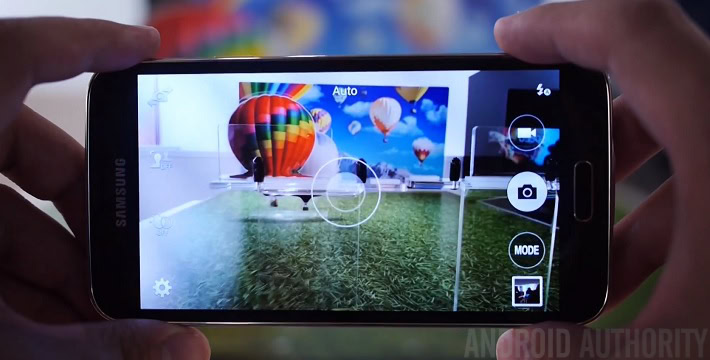
Samsung has quite a large catalog of sensors, including Front Side (FSI) and Back Side Illuminated (BSI) sensors. Its high-end technology uses the company’s own ISOCELL pixel type, which aims to reduce noise compared with its traditional BSI sensors by reducing interference between different color pixels.
| Sensor | Resolution | Sensor Size | Pixel Size | Pixel Type | Full Video Capture |
|---|---|---|---|---|---|
| Sensor S5K3H5 | Resolution 8 MP | Sensor Size 1/3.2 | Pixel Size 1.4 um | Pixel Type BSI | Full Video Capture 30 fps |
| Sensor S5K4H5YB | Resolution 8 MP | Sensor Size 1/4 | Pixel Size 1.12 um | Pixel Type ISOCELL | Full Video Capture 30 fps |
| Sensor S5K3L2 | Resolution 13 MP | Sensor Size 1/3.06 | Pixel Size 1.12 um | Pixel Type BSI | Full Video Capture 30 fps |
| Sensor S5K3M2 | Resolution 13 MP | Sensor Size 1/3.06 | Pixel Size 1.12 um | Pixel Type ISOCELL | Full Video Capture 30 fps |
| Sensor S5K2P8 | Resolution 16 MP | Sensor Size 1/2.6 | Pixel Size 1.12 um | Pixel Type ISOCELL | Full Video Capture 30 fps |
Although we may typically associate Samsung with high-end products, the company’s average sensor selling price is only $1.93. You can find a range of products from small 1.3MP sensors for the low end market, up to 16MP sensors found in the flagship Galaxy S6. Samsung also develops complete modules for its sensors.
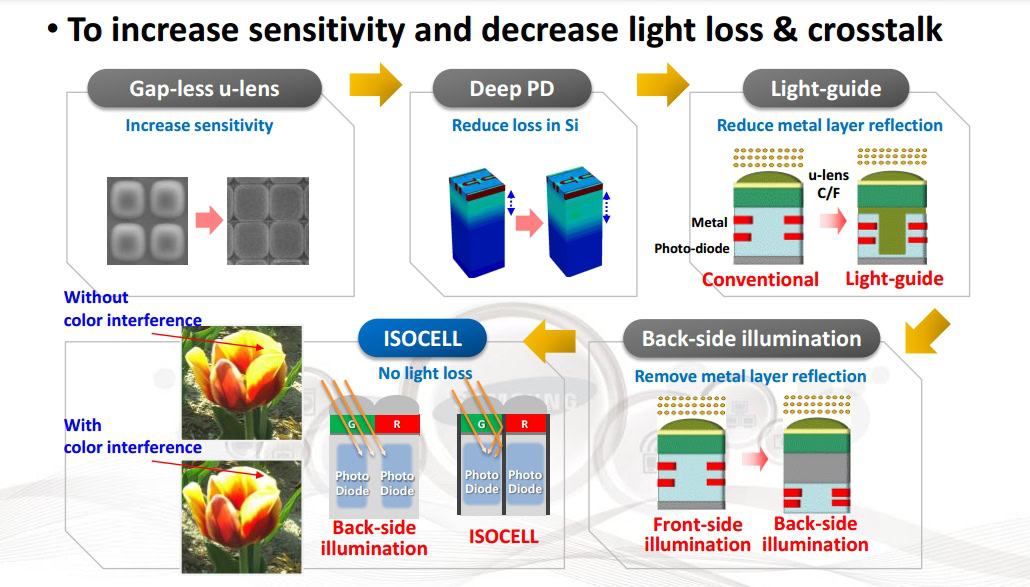
Most recently, Samsung’s own image sensors have found their way into the Galaxy S5 and S6 smartphones. However, due to its limited production capabilities, Samsung has to mix its own and Sony image sensors in the Galaxy S6. Closer inspection revealed some noticeable differences between the two, but without a side by side comparison you would probably struggle to notice any major differences in quality, suggesting that Samsung is managing to keep up with Sony.
[related_videos align=”center” type=”custom” videos=”605451,601595,604007,567902″]
LG
Much like Samsung, LG is both a component and product manufacturer and is making strides with its camera components. LG Innotek is the division of the company that focuses on components and designed the impressive camera inside the company’s latest G4 flagship.
However, unlike Samsung, LG doesn’t make its own image sensor components, but designs the wider camera module instead. LG’s high-end smartphone cameras have all been based on Sony Exmor image sensors. LG has most recently pushed the boat with its f/1.8 aperture camera in its LG G4, which will let in around 80 percent more light than the G3’s f/2.2 module. This is the wider aperture that we’ve seen yet in a smartphone.
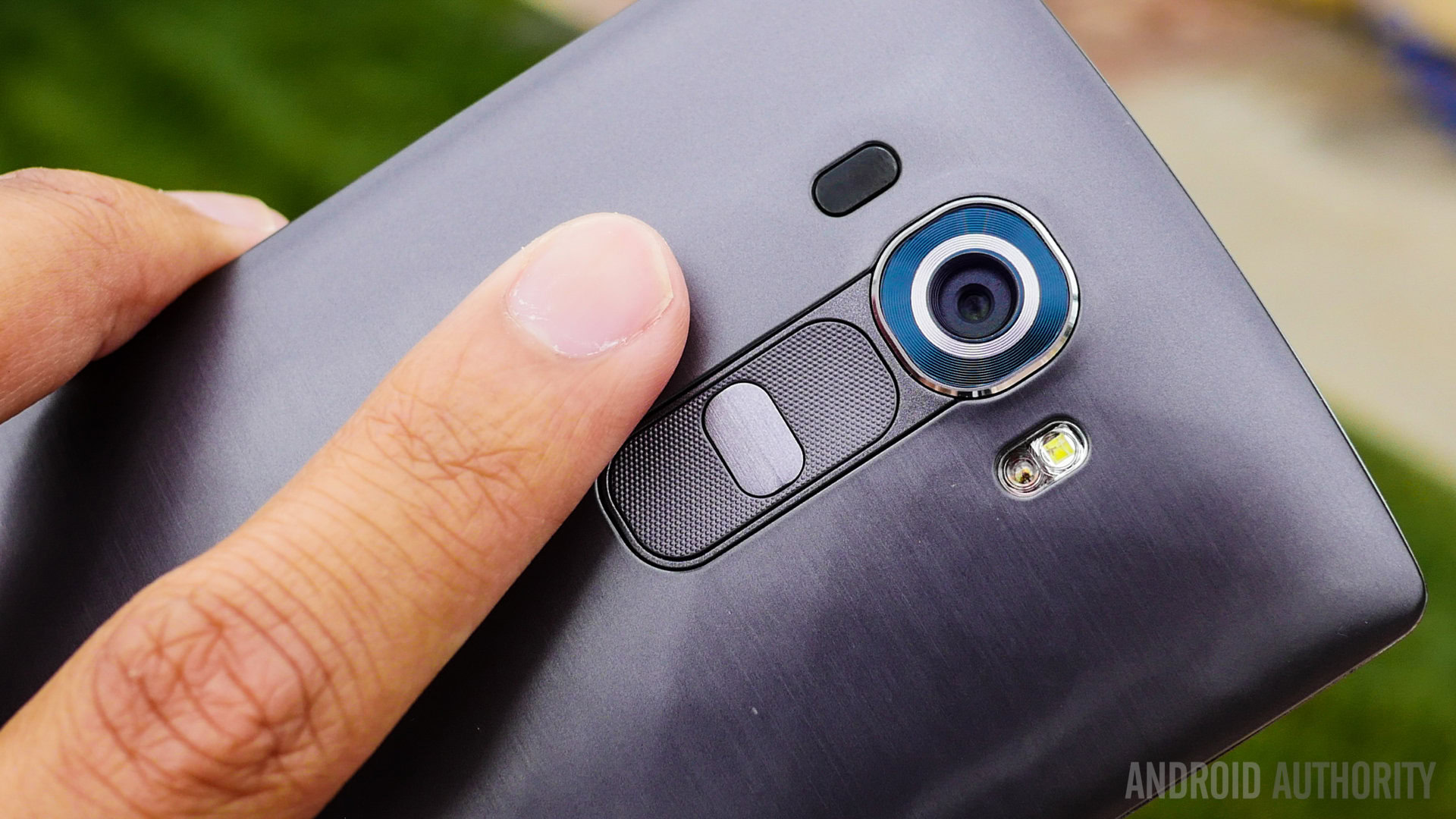
Not only that, but LG’s research teams are also developing complimentary hardware components for its camera modules. Back with the LG G3 the company announced its laser autofocus system and the LG G4 comes with an infra-red colour correction circuit to better compensate for environmental lighting.
As the company doesn’t have to worry about sensor development, it has more time to work on refining the other module components, which has resulting in some rather interesting and practical camera designs.
HTC
Much like LG, HTCis not in the image sensor business, instead it has had a few attempts at designing its own camera modules.
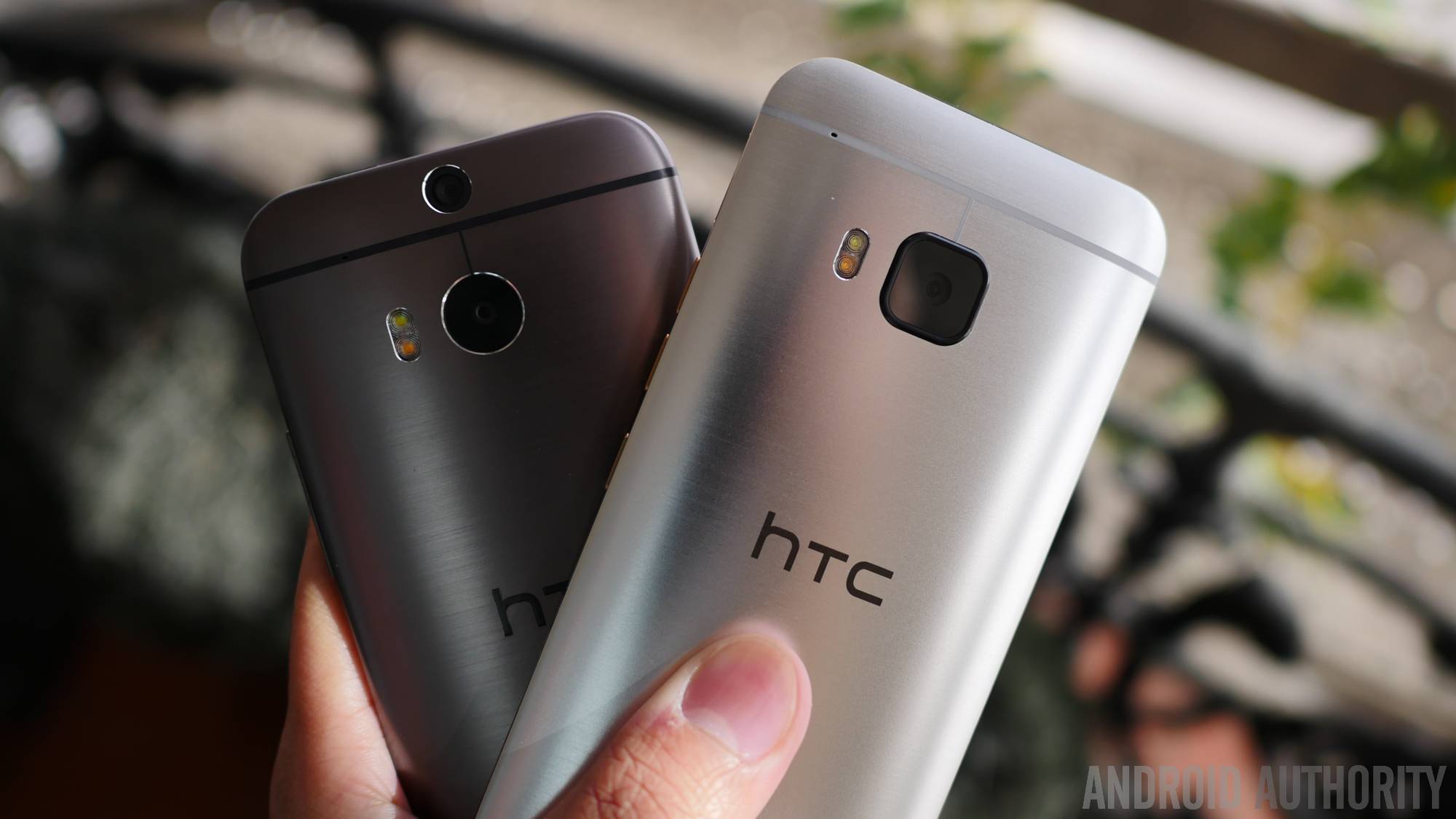
The company coined the phrase “Ultrapixel” for its larger 2.0um pixel smartphone cameras but these actually made use of ST Microelectronics and OmniVision constructed sensors, specifically the VD68969 and OV4688. The company has also experimented with dual-sensor set-ups with the One M8, making use of a 2.1-megapixel OmniVision OV2722 sensor to collect additional depth information.
Despite the novel ideas, the company’s camera technology does not appear to have kept up with the competition lately; the handset scored poorly in our blind test shoot-out.
What to expect next
There are a number of other manufacturers in the mobile image business which produce either their own lens modules or sensors, for example even OnePlus developed its own lens for its smartphone. Hopefully though, I have covered enough of them to give you an idea of what the market is like.
Samsung and Sony are likely quite safe at the top of the sensor market
Samsung and Sony are likely quite safe at the top of the sensor market, but smartphone CMOS sensor demand is inherently tied to the smartphone market. Huge growth in low margin handsets is driving demand for competitively priced image sensors with moderate specifications and this is opening the door for OmniVision, Toshiba and others to collect new business and expand their market share in Asia.
At the high-end, we’re quite likely to see OEM companies continue to differentiate their products by tweaking the broader camera modules to bring out subtle improvements in quality. Ideas like dual-image sensors, wider apertures and laser auto focus will probably keep cropping up from time to time, but final image quality is inevitably tied to the limited space for sensors within smartphones.